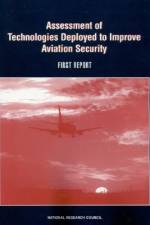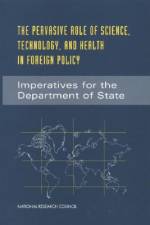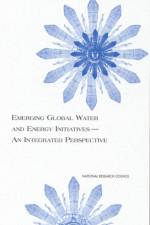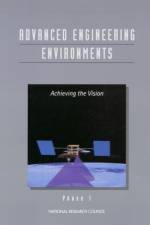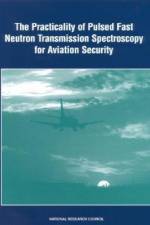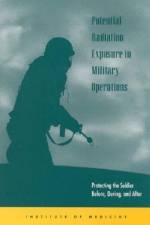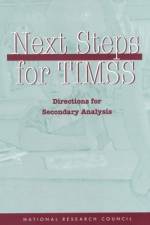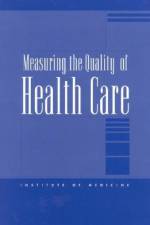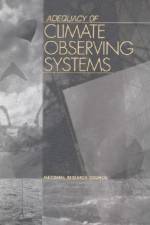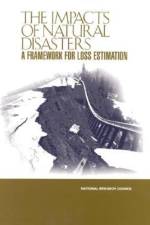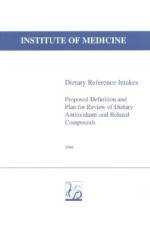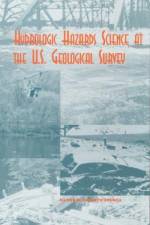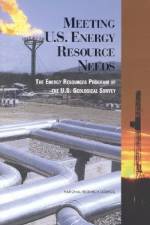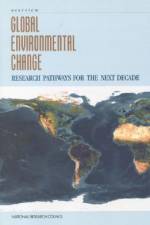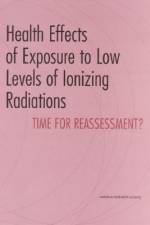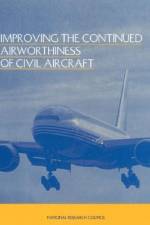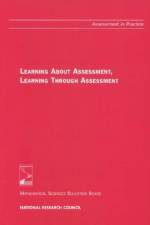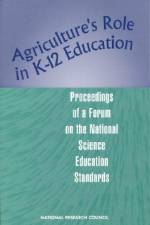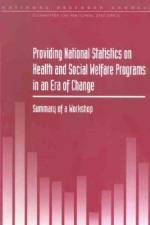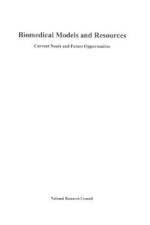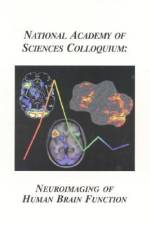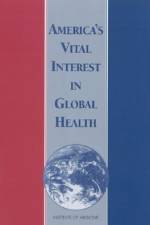av Environment and Resources Commission on Geosciences, Division on Earth and Life Studies, National Research Council & m.fl.
469
Losses of life and property in the United States-and throughout the world-resulting from hydrologic hazards, including floods, droughts, and related phenomena, are significant and increasing. Public awareness of, and federal attention to, natural disaster reduction, with a focus on mitigation or preparedness so as to minimize the impacts of such events, have probably never been greater than at present. With over three-quarters of federal disaster declarations resulting from water-related events, national interest in having the best-possible hydrologic data, information, and knowledge as the basis for assessment and reduction of risks from hydrologic hazards is clear.The U.S. Geological Survey (USGS) plays a variety of unique and critical roles relevant to hydrologic hazard understanding, preparedness, and response. The agency's data collection, research, techniques development, and interpretive studies provide the essential bases for national, state, and local hydrologic hazard risk assessment and reduction efforts. This work includes some of the more traditional activities of the Water Resources Division (e.g., streamflow measurement) and some of the more innovative interdisciplinary activities (e.g., hydrologic research, educational outreach, real-time data transmission, and risk communication) being pursued in cooperation with other divisions of the USGS, other federal and state agencies, and other local entities. This report aims to help shape a strategy and improve the overall framework of USGS efforts in these important areas.


